
Do you treasure the value that trees add to your home?
If yes, then you understand that it is essential to give them proper care throughout all seasons, lest they depreciate. A mature tree can add a significant amount of money to your property's value.
Having a good fall tree care plan is one of the best ways through which you can protect your trees during this season. It will ensure that your trees survive and thrive as they await the chilly winter season.
If you are an amateur gardener, then taking care of your trees can be a hectic task, and even for some more experienced people, it can still pose a challenge. In this article, we look at the best ways through which you can maintain your trees throughout the fall season.
Rake the ground
One of the costs that come with having trees in your compound is that they shed leaves regularly. And during fall, you should rake all the leaves from the ground.
Why?
Doing so is essential because fallen leaves provide a place for disease-causing fungi to thrive. If not removed from the field, the fungi will bring diseases to your trees. This not only poses a danger to the trees but also to yourself and any animals you might have in your compound.
Therefore, by raking up the dead leaves, you lower the chances of your trees contracting diseases, and this will save you from incurring extra costs in treating those trees.
It is time to plant new trees
Of all the seasons, fall provides the best conditions to plant new trees. The temperatures are cold, there is less sunlight as the days are usually shorter, and this reduces the chance of new trees dying off from excess sunlight.
Once winter comes, your trees should be anchored firmly and developed enough to survive the freezing.
Mulch the ground
Some people may refer to it as ‘adding a natural blanket to the tree’ which is true. By adding some mulch on the areas surrounding your trees, you protect the roots from the excess cold that comes in winter. Aside from that, it also helps to retain nutrients and moisture in the ground. There are more benefits that your trees will gain from mulching and doing so, especially for young trees, is the best care that you can give to your trees.
However, it is important to note that without proper knowledge on how to mulch, you may end up not getting the results you desire. So, what’s the correct way to mulch your ground during fall?
Ensure that you only apply the mulch to the point where the drip line of the tree ends. However, if you have very large trees, it cannot be possible to trace this line. In this case, apply mulch in a three-meter (about 9 feet) radius around the tree. Also, dig some few inches to the ground before laying the mulch.
Additionally, you should not apply new mulch on an old layer, pile it on the trunk of the tree or use fresh wood chips as they are usually highly acidic.
Irrigate the trees
You probably think that this is not necessary since there is less heat, but that would be a wrong assumption. Even during fall, there are chances of your trees suffering from drought. You therefore have to ensure that they are always hydrated.
Best watering practices
When watering the trees, pour more water on the root zone instead of the tree foliage.
Use a bucket and not a sprinkler; sprinklers only wet the area top layer soil, which deprives the internal layers of water.
It is advisable to water the trees very early in the morning so that the water is not lost through evaporation.
Also, do not soak the area around the tree.
Prune the trees
Do you want to protect your property and yourself from injury during fall?
Then ensure that you prune the trees. Take note of the damaged and dead branches and have them removed. When removing branches that are still growing, you will want to be careful doing so, so that you do not kill the tree in the process, or attract insects and diseases to the fresh cuts. Late fall and the beginning of winter are some of the best times for dormant tree pruning.
If you fail to prune out the damaged and dead branches, it increases the risk they pose during winter as snow settles on them. They may not be able to handle the weight and will fall off, probably on your roof causing damage, or on your parked car.
Pruning not only prevents injury, but it also allows sunlight to get to the healthy branches once the damaged ones are removed. This will help to improve the overall health of your trees.
Conclusion
Giving proper care to the trees is very important as they provide you with countless benefits, in turn. But, following these tips and carrying them out fully is not always an easy task. If not done well, you may cause more damage to the tree; in some cases, tree removal might be necessary. If you are not confident of your fall tree care skills, you should consult an arborist for help.

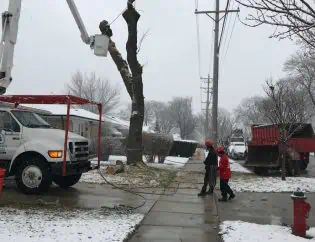
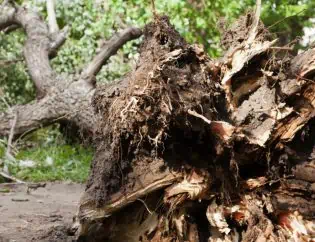
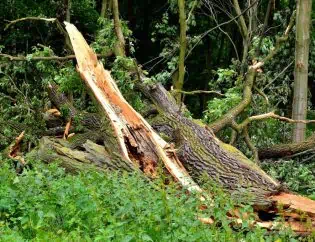

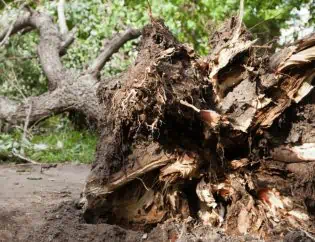



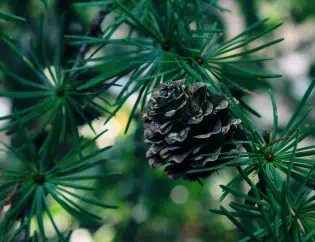
You must be logged in to post a comment.